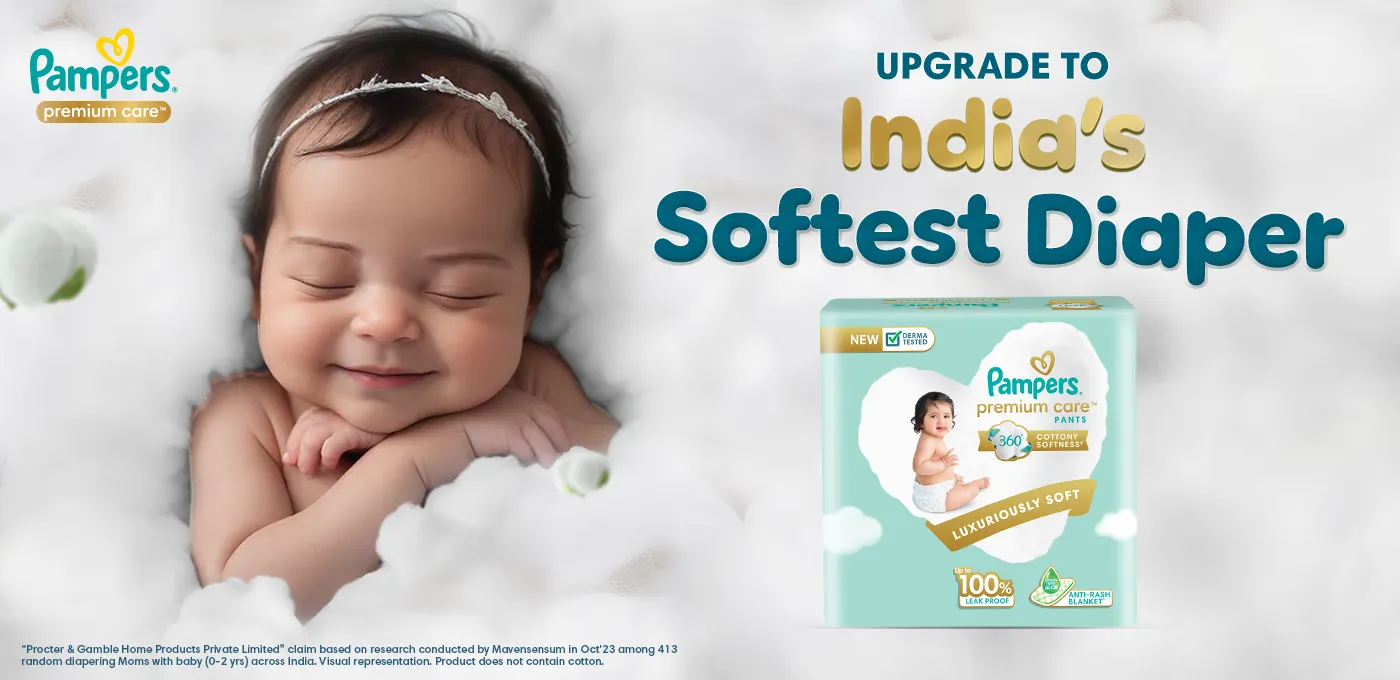Is kajal/surma safe for newborn skin?
When it comes to the ways people across various cultures celebrate the birth of a child, the diversity is as vast as it is beautiful. From the beaming smiles captured in the first family photos to the vibrant clothing tailored specifically for these cute little humans, each tradition carries its own unique way of adorning babies. One practice that is followed in many cultures across the world, especially in South Asia and the Middle East, is applying a small amount of kajal or surma to the infant's eyes.
However, thankfully, due to awareness, new parents have started becoming conscious of the things they expose their babies to. This has raised increased concerns about the safety and medical benefits of kajal.
If you are a new parent who is trying to get the best of both worlds for your baby and wondering if kajal is good for newborns, then you have landed in the perfect place. In this article, we will understand kajal benefits for a baby as per cultural practices and their medical counterparts. Read the article to the end to make an informed decision for your child, because when it comes to parenting, knowledge is power.
What Is Kajal?
Kajal, also referred to as kohl or surma, is a traditional eye cosmetic mainly used in South Asia, the Middle East and parts of Africa. It is believed to possess various benefits, such as protecting the eyes from infections and warding off the evil eye, according to cultural beliefs.
There are two basic types of kajal: commercial and homemade. Commercial kajal is very common and readily available in beauty stores. Such kajal is mostly loaded with different ingredients for additional effects, like thickening the eyelashes. However, the commercial ones can have chemicals and preservatives, making them unfit for newborn babies.
Homemade kajal, on the other hand, is generally viewed as the more authentic and safer version. We have shared one traditional recipe for homemade kajal to help you reap its maximum benefits. Here’s how you can make toxin-free kajal at home from scratch.
Ingredients:
Pure almond oil
A small lamp
Copper or steel plate
Clean muslin cloth
Some wicks.
How to make it:
Step 1: Dip the wicks in castor oil
Step 2: Put the oil-dipped wicks into the lamp and set it alight
Step 3: Place the copper plate upside down over the flame, keeping a very small distance between the two.
Step 4: The soot that accumulates on the plate is then collected using a clean muslin cloth.
Step 5: Mix this soot with a drop of almond oil to form a paste.
This homemade method is preferred by some as it is believed to be free of chemicals found in commercial cosmetics.
Is It Safe To Apply Kajal on Newborn Babies?
Despite the cultural importance and perceived benefits of kajal, it is crucial to emphasise that kajal is unsafe for newborns. Doctors and healthcare professionals across the world have shared that applying kajal to newborn babies, especially around their eyes has proven to be dangerous. Let us talk about some of the possible complications to understand better why kajal is unsafe for children.
Possible Risk Factors
The main reason why kajal is unsafe for babies concerns the composition it is made from, especially the ones commercially available. Commercially sold kajal is often filled with harmful toxins, including lead, which can be dangerous if exposed to a newborn’s eyes. Exposure to lead carries serious health implications and a baby's immature immune system increases this risk. Long exposure to lead could impede cognitive development in the baby and raise health problems throughout their life.
Apart from that, even homemade or culturally made kajal can contain impurities and other harmful agents that are likely to cause eye infections or irritations to the delicate eyes of newborns.
Summing It Up
Kajal is widely perceived as essential in newborn care in various cultures to protect kids from evil eyes and enhance their eyesight. While there are limited to no scientific proofs for these beliefs, even if these were true, the risks far outweigh the potential benefits. Newborn babies have fragile skin, sensitive eyes and an immature immune system, which make them vulnerable to infections and allergic reactions. It is always best to follow the advice of healthcare professionals and avoid applying kajal to a baby's eyes. Instead, focusing on other safe methods of care and adornment can ensure both well-being and happiness in your newborn.


